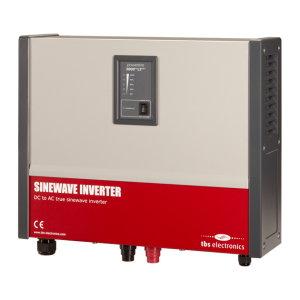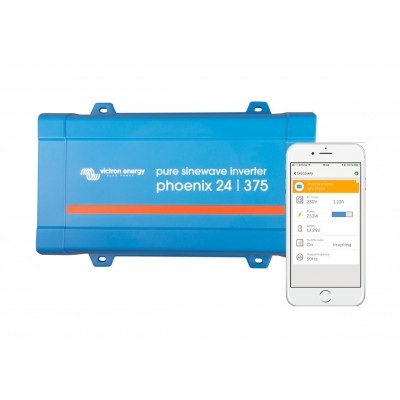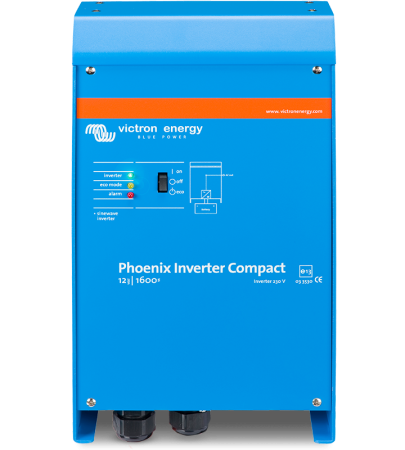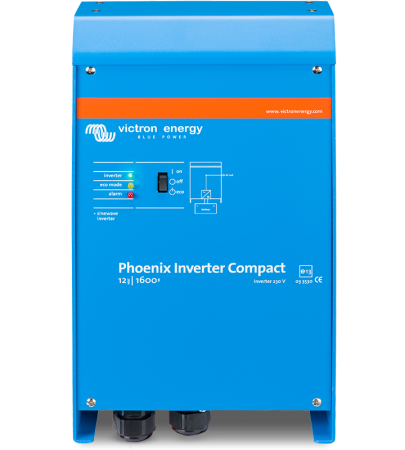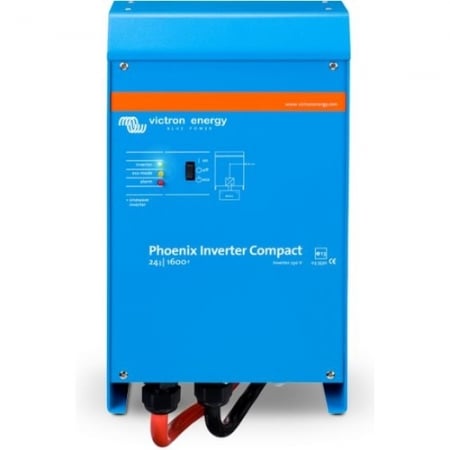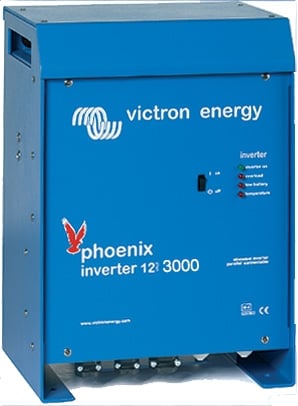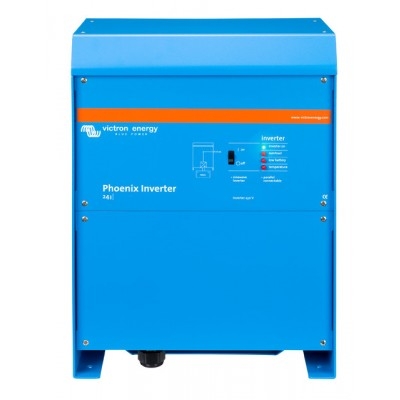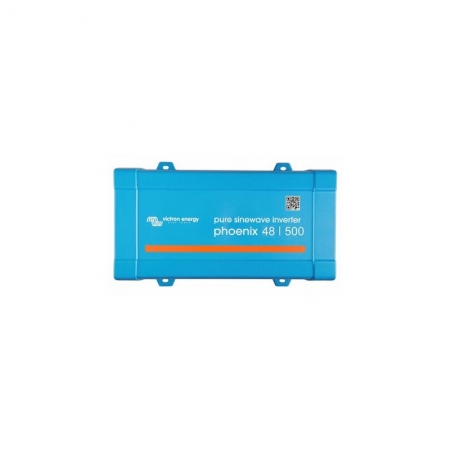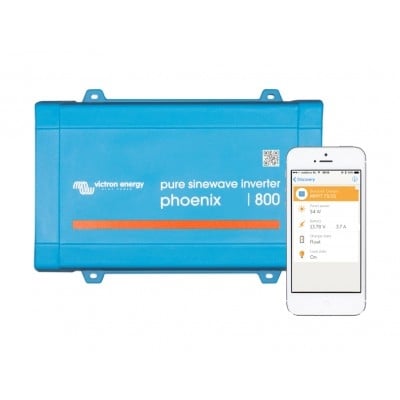Length: 50mm
Width: 100mm
Height: 65mm
Continuous Current and breaking capacity at 12V or 24V: 230A
Breaking Capacity at 48V: 80A
Warranty: 5 Years
Delivery date: Europe, 5-10 days. Other countries - please check with our sales representative
- Description
- Reviews (0)
The LiFePO4 battery: preventing cell under voltage, overvoltage and over temperature
The first line of protection is cell balancing. All Victron LiFePO4 batteries have integrated cell balancing.
The second line of protection consists of:
– shut down of the load in case of imminent cell under voltage, and
– shut down or reduction of the charging current in case of imminent cell over voltage, high temperature
(>50°C) or low temperature (<0°C).
The VE.Bus BMS is the core of the second protection line.
However, not all loads or chargers can be controlled directly by the VE.Bus BMS.
In order to shut down such loads or chargers several VE.Bus BMS controllable Cyrix switches are available.
Cyrix-Li-load
The Cyrix-Li-load will disengage when its control input becomes free floating.
If the battery voltage recovers after disconnection (which will happen when no other loads are connected to the battery), the output of the BMS will become high and the Cyrix will reengage after 30 seconds. After 3 attempts to reengage, the Cyrix will remain disengaged until battery voltage has increased to more than 13 V (resp. 26 V or 52 V) during at least 30 seconds (which is a sign that the battery is being recharged).
Alternatively, a BatteryProtect can be used (advantage: very low power consumption).
Cyrix-Li-Charge
The Cyrix-Li-Charge will connect a battery charger with 3 seconds delay:
– if the charge disconnect output of the VE.Bus BMS is high, and
– if it senses 13,7 V (resp. 27,4 V or 54,8 V) or more on its battery charger connection terminal, and
– if it senses 2 V or more on its battery terminal (the Cyrix will remain open if not connect to the battery).
The Cyrix-Li-Charge will disengage immediately whenever its control input becomes free floating, signalling cell over
voltage or cell over temperature.
In general a cell over voltage alarm will reset shortly after charging has been stopped. The Cyrix will then reconnect the charger after a delay 3 seconds. After 2 attempts to reengage with 3 seconds delay, the delay increases to 10 minutes.
Whenever battery voltage is less than 13,5 V (resp. 27 V or 54 V), the Cyrix will disengage with a delay of 1 hour.
Note 1: In case of zero discharge current, or a small discharge current, the Cyrix will not disengage shortly after the
charger has been switched off and/or disconnected, because battery voltage will remain higher than 13,5 V.
Note 2: If, after the Cyrix has disengaged, the output of the battery charger immediately increases to 13,7 V or more, the
Cyrix will reengage, with 3 seconds delay.
Cyrix-Li-ct
The functionality of the Cyrix-Li-ct is analogous to the Cyrix-ct.
The Cyrix-Li-ct will parallel connect a lead acid starter battery and a LiFePO4 battery:
– if the charge disconnect output of the VE.Bus BMS is high, and
– if it senses 13,4 V (resp. 26,8 V) or more on one of its power terminals.
The Cyrix will disengage immediately:
– when its control output becomes free floating, signalling cell over voltage or cell over temperature, and/or
– when battery voltage drops below 13,2 V.
Start assist function: a short positive pulse will close the relay during 30 seconds (see figure on page 2).
A built-in transient voltage suppressor will limit the voltage spike that may occur when the Cyrix suddenly disengages due to cell overvoltage or over temperature.
LED status indication
LED on: engaged LED 10 s flash: disengaged
LED 2 s flash: connecting LED 2 s blink: disconnecting
LED 0,25 s blink: alarm (over temperature; voltage > 16 V; both batteries < 10 V; one battery < 2 V)
(multiply by two for 24 V)


![Cyrix-Li-ct 12/24V-230A intelligent Li-ion battery combiner [1] Cyrix-Li-ct 12/24V-230A intelligent Li-ion battery combiner [1]](https://gomagcdn.ro/domains/poweracu.com/files/product/large/cyrix-li-ct-12-24v-230a-intelligent-li-ion-battery-combiner-1196-370293.jpg)

